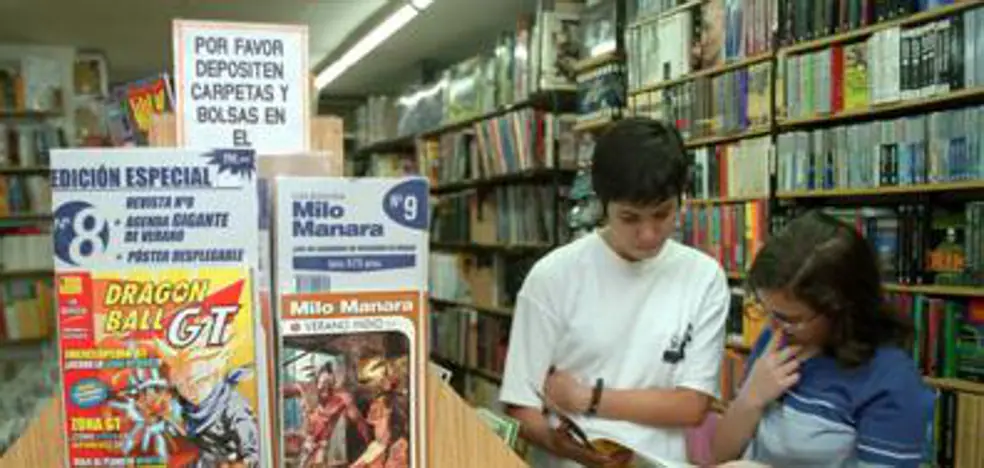An unpublished letter reveals British archaeologist stole valuable artifacts from young pharaoh’s burial chamber and resealed the tomb before it was officially opened
The prestige of Howard Carter, one of the discoverers of Tutankhamun’s tomb, was already under discussion. But it falls apart in this year which celebrates the centenary of the discovery of the miraculous treasure of the young pharaoh of the 18th dynasty in the Valley of the Kings – in November. A hitherto unpublished letter reveals that Carter ransacked the tomb before the discovery was officially reported. That he opened it and sealed it again. This confirms the suspicions, already expressed by the Egyptians in 1922, that the discoverer was lying and taking advantage of the legendary and mediatic archaeological find.
The rumor about Carter was also a hundred years old, although no one had provided proof of the robbery until now. But everything changed with the publication of a handwritten letter in 1934 by Sir Alan Gardiner, a prestigious British philologist, academic and member of Carter’s excavation team, whose definitive contribution was in deciphering and translating the hieroglyphs in the tomb of the buried young pharaoh. . 3,300 years ago.
The letter reveals that Carter gave Gardiner an amulet used in mortuary offerings, assuring him that it would not come from the young pharaoh’s tomb. But Gardiner showed the object to Rex Engelbach, the then British director of the Egyptian Museum in Cairo, who noted the piece’s resemblance to others found in the tomb, all from the same mould.
Engelbach understood without hesitation that the amulet had come from Tutankhamun’s burial chamber and that Carter had lied to his colleague. An angry and disappointed Gardiner wrote to Carter about the Engelbach’s ratings, accusing him of rewarding him with a stolen item. “I deeply regret that I was put in such an awkward position. Of course I did not tell Engelbach that I had received the amulet from you,” reads one of the paragraphs of the letter sent by the newspaper “The Observer” last weekend. ‘ was suggested.
The compromising and revealing letter belongs to a private collection that Oxford University Press will publish in its entirety in the book Tutankhamun and the Tomb that Changed the World. The author is Bob Brier, a prestigious Egyptologist from Long Island University for whom the new letter is “final proof” of Carter’s theft.
“Carter was known to have stuff and people suspected he had been taken advantage of, but these letters are irrefutable evidence,” Brier said. He explains that Carter “never admitted to the allegations,” but that there is also “no official denial,” even though “the Egyptian government has barred Carter from the dig for a while.” “There were a lot of bad feelings towards him and they thought he was stealing things,” adds the American Egyptologist.
Brier, who has no doubts about Carter’s immoral and reprehensible behavior, reminded “The Observer” that Egyptian archaeologists and authorities suspected from the outset that Carter and some members of his team had entered the tomb and taken artifacts earlier than expected. their diaries and official announcements. “It was suspected that they entered the tomb before the official opening and that they looted objects and jewelry that were sold after their deaths,” says Brier.
It confirms that the Egyptians could not prove their early suspicions, but were convinced that Carter intended to steal a wooden head from Tutankhamun in his possession, along with many other artifacts he owned that were found in the Egyptian antiquities market. “clearly come out of the grave.”
Lord Carnarvon financed the expedition that Carter accompanied until 1932, including the transfer of the artifacts from the tomb to the Egyptian Museum in Cairo. Carter claimed that the most valuable treasures had been looted in ancient times, a statement many Egyptologists questioned. The Observer recalls that as early as 1947, an associate of Carter’s, Alfred Lucas, claimed in an Egyptian science magazine that his boss had secretly opened the door to the burial chamber and then sealed it again.
November marks the first centenary of the discovery of the burial chamber of the Child Pharaoh and his fabulous treasure. On November 4, the first rung of the ladder was discovered leading to the room in which Carver first glimpsed “wonderful things” through the hole on November 26. The tomb, later called KV62, contained divans, thrones, altars, chariots and hundreds of burial objects necessary for the journey to the afterlife of a young king who died at the age of 19 and had to cross the coast to the world from the dead, according to Egyptian belief.
The discovery near Luxor that fascinated the world renewed interest in Egyptology to ‘Egyptmania’. Of all the objects in the burial chamber, the golden burial mask of Tutankhamun stands out, becoming the most recognizable emblem of the ancient Egyptian and today the star piece of the Cairo Museum.
Source: La Verdad
I’m Wayne Wickman, a professional journalist and author for Today Times Live. My specialty is covering global news and current events, offering readers a unique perspective on the world’s most pressing issues. I’m passionate about storytelling and helping people stay informed on the goings-on of our planet.



